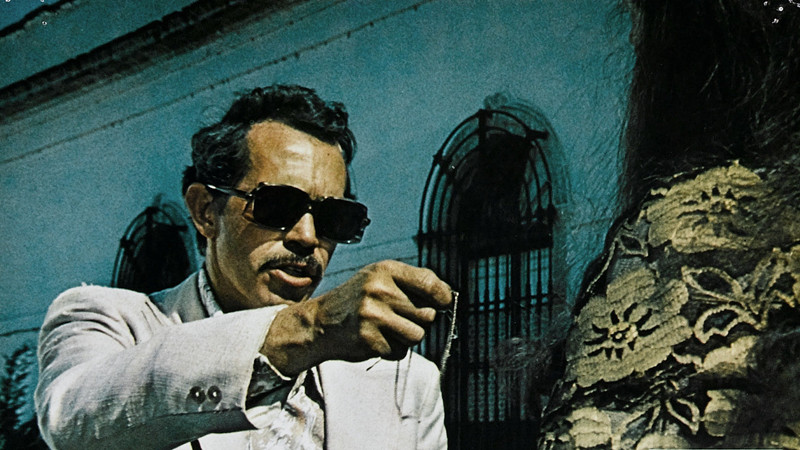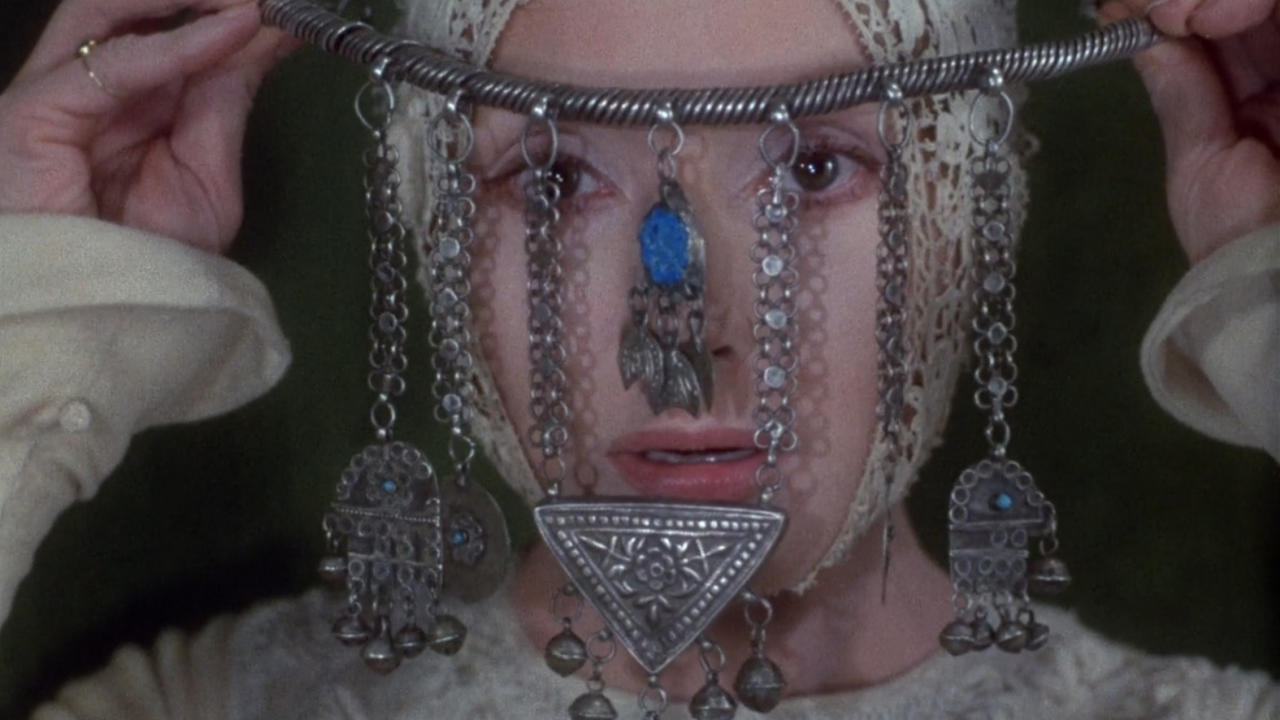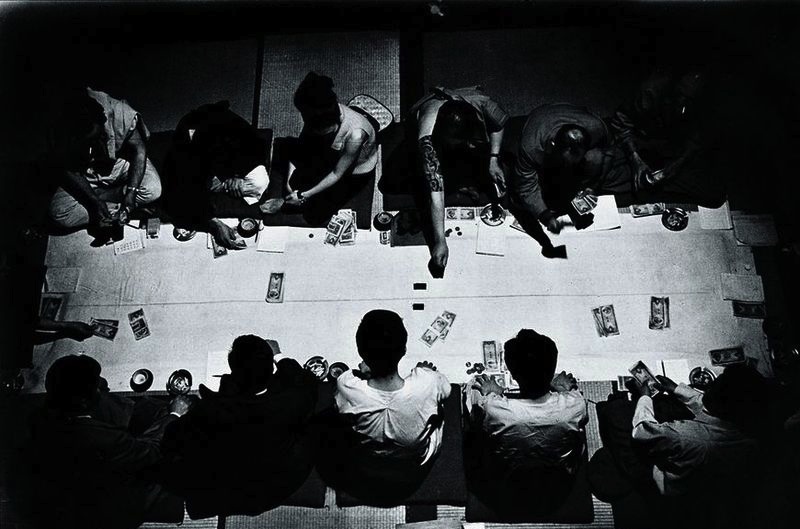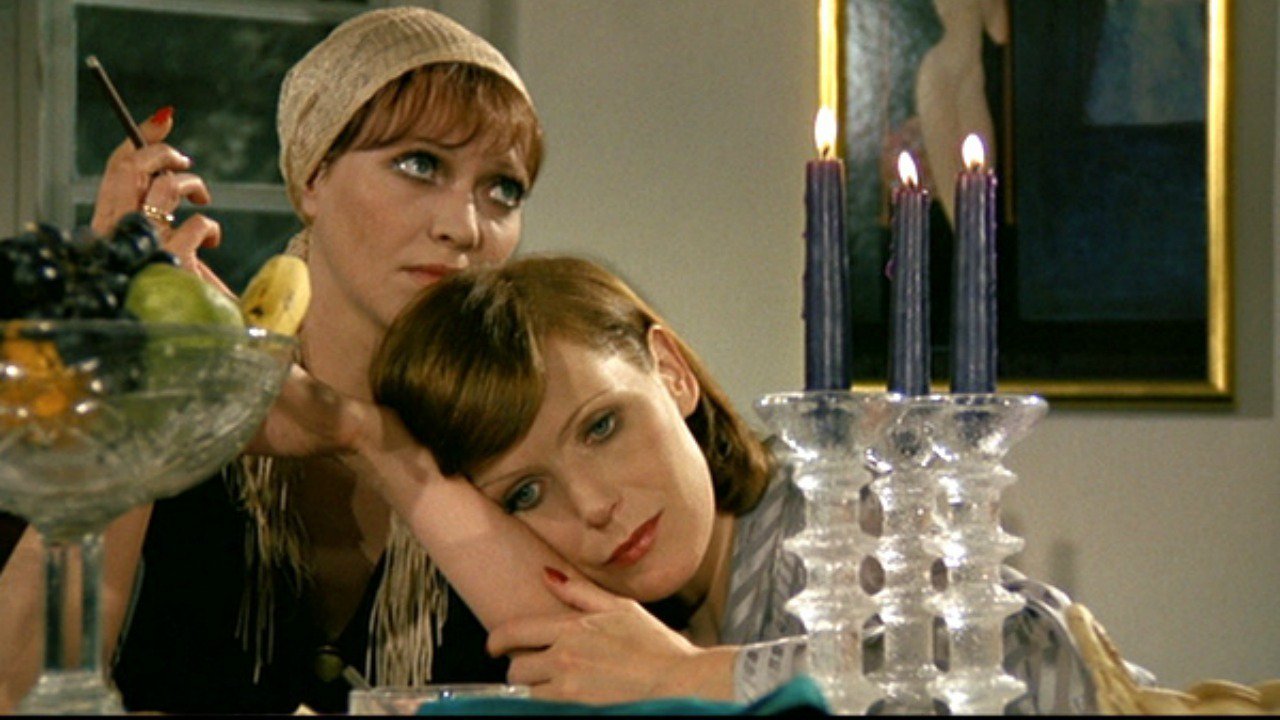
During the sixties and seventies cult films were more popular largely due to the midnight movie circuit. Films would show at dumpy grindhouse theaters each week starting a recurring weekly fan base for the film.
Cult films can come in many different forms. Some have a rabid fan base forming a cult following around a film. High profile directors can also have films in their filmography that are underseen or forgotten that can also gain a cult following. At the time many of these films were poorly reviewed or forgotten.
With films varying from yakuza gangster pictures to medieval period dramas. These are ten underseen cult films from some of the best directors in world cinema in no particular order.
10. Stardust Memories (1980)

In Woody Allen’s homage to Federico Fellini’s 8 ½, Allen combines dream sequences and flashbacks to tell the story of an accomplished director struggling to reach ultimate happiness at his career retrospective.
The opening dream sequence sets up the dream like feel for the rest of the film. Whether it be in heaven or meeting alien invaders, Allen sets up a number of gags for his protagonist. Although he has received tremendous success in career, mostly due to his “early funny ones”, the character of Sandy Bates played by Allen himself is still lost in the world without his one true love.
Throughout the film Bates has flings with various muses but by the end he is still yearning for the one that got away Dorrie played by the magnificent Charlotte Rampling in her prime. At the time “Stardust Memories” was met with mixed reviews, with many feeling it was lesser Allen. Now the film is looked at as one of the directors best standing alongside classics like “ Annie Hall” and “The Purple Rose Of Cairo”.
9. Blanche (1972)

Mostly known for his more erotic films polish director Walerian Borowczyk took a more subtle approach with his 1972 medieval drama “Blanche”. Blanche the lead is like a trapped bird in a cage living under her much older husband the lord of the castle. When the king and his frier come to visit they begin to lust after Blanche which starts threads of jealousy throughout the castle, not to mention the affair that is going on between Blanche and her step son.
The film is all shot on one location with a few exterior scenes around the castle, giving the film a stage play feel. The singular location grounds the film in its own world, feeling as if it is a side story in ‘Game Of Thrones”.
The film only shows brief nudity from the very beginning which is a huge contrast to Borowczyk’s other cult films “Immoral Tales” and “The Beast”. All of the more erotic moments are told through the eyes of the characters, showing their lust for one another.
8. Pale Flower (1964)

This Noir from Japanese New Wave master Masahiro Shinoda explores the usual troupes that appear in New Wave films of the period. Both leads feed into their desires, may that be their desires to keep gambling or the troublesome relationship that forms because of it. From the time their eyes meet each other you can tell Muraki and Saeko are doomed. Muraki is fresh out of prison with no interest in changing his ways.
Shinoda sets up card game sequences behind a boisterous jazz soundtrack with the only voice coming from the dealer. The players facial expressions are shown with quick cuts, coming off like an action sequence.A majority of the comedic element in the film comes from the yakuza bosses,most notably when one takes a trip to the dentist.
The black and white cinematography brings a hard Noir element to the film. Unlike some other directors in the Japanese New Wave who take a cartoonish approach with their violence. The final shootout sequence is shot with a cloudy lens in slow motion, giving off a heavenly feel.
7. The Yakuza Papers, Vol 2: Deadly Fight In Hiroshima (1973)

One of very few sequels that is better than the original. Vol 2 takes everything that worked in the first film and expands on it. The lead characters have more in depth motives for why they do certain actions. The lead of the series Shozo Hirono played by Bunta Sugawara takes a backseat to Shoji Yamanaka. After Yamanaka is released from prison he rises up the ranks of the Muraoka yakuza family.
This film has more heart than the previous entry, mainly due to the relationship between Yamanaka and the niece of boss Muraoka. Shozo is still present in the film but he is more occupied with starting his own family. Fukasaku takes the gang fights up a notch with tons of shootouts and drive bys. The documentary technique is still used showing the names and affiliation of each character.
6. Chinese Roulette (1976)

Over the span of his short career, Rainer Werner Fassbinder was able to direct forty feature films and two full television series all mainly dealing in the family drama genre. The opening shot of the film is one of the best of all time, catching the audience’s attention right from the start.
This is one of Fassbinder’s later underseen films. In “Chinese Roulette” family infidelites are played out in a guessing game with the mastermind behind it all being the disabled daughter Angela.The girl’s mother and father have both been unfaithful to one another.
At times the film can feel very heavy with all the leads telling their secrets to their partners. The game is played out using rapid cuts, heightening the drama with each action the characters make. Once a gun shows up it is only a matter of time before someone is at the wrong end of it.
The comedic relief in the film comes from Brigitte Mira and her son played by Volker Spengler, both Fassbinder regulars who play hosts for the game. Anna Karina is a welcomed addition to the film bringing her French New Wave iconography to Fassbinder’s world.